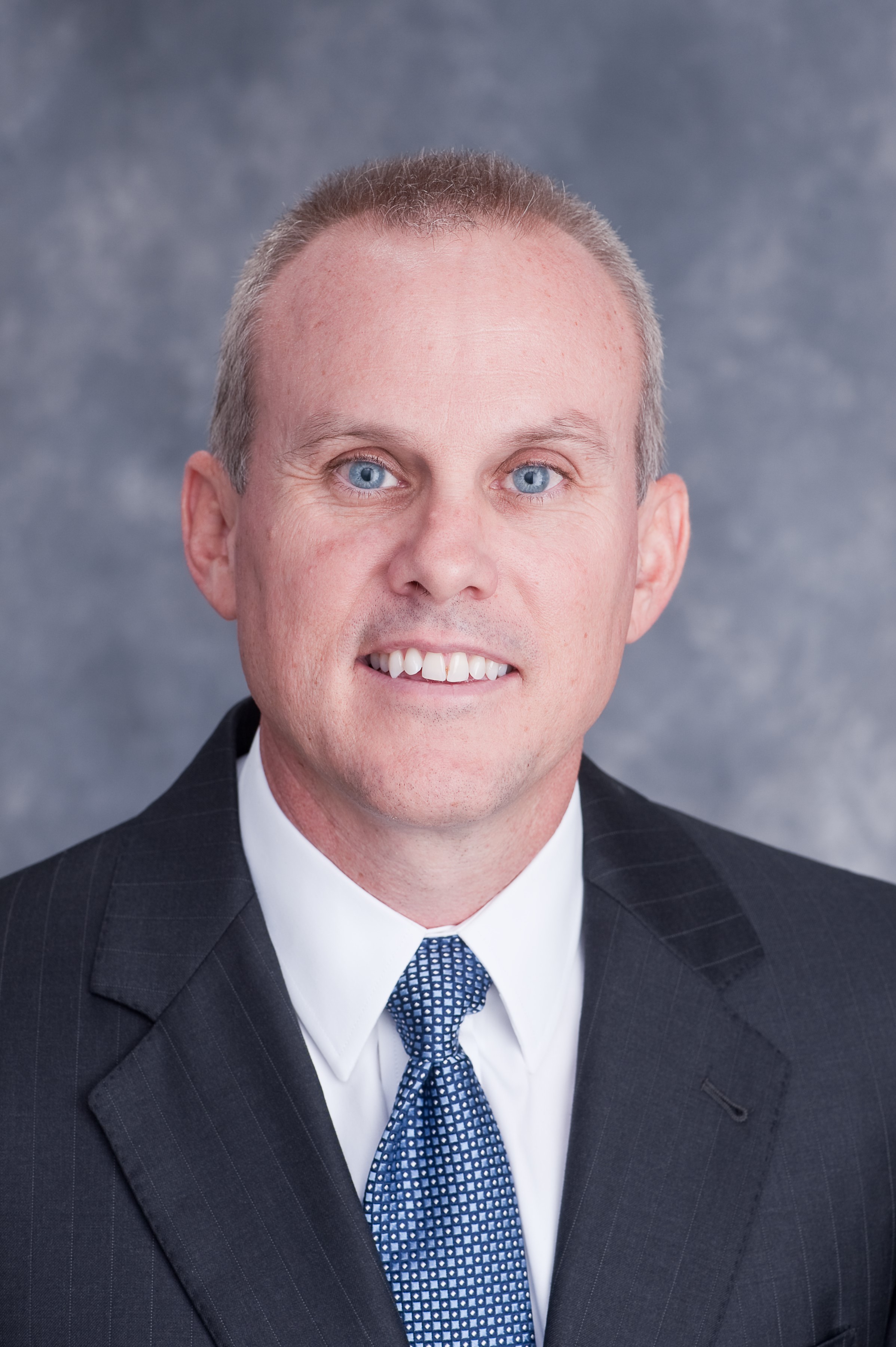Tomorrow There Will Be More to Do

On Aug. 31, the Battleship Texas left its home of 64 years for the second, and possibly last, time to traverse the Houston Ship Channel to dock at Gulf Copper in Galveston for repairs. Media speculated on its chances of success. Spectators gathered to watch its historic move along the way. Thousands of videos and photographs were posted to social media, including quite a few to the Port Bureau’s feed. For those of us who call the Houston port region our home, it was a remarkable, once in a generation event to witness.
It took a port-wide team effort of dedicated experts to plan, execute, and complete the complicated mission successfully, and I am proud that many of those experts are Port Bureau members. Months out they began to prepare the vessel for the transit, which included injecting foam into the vessel’s blister tanks as a precaution against flooding. The team from Matthews Brothers Dredging spent Memorial Day weekend carving out a 31-foot-deep path to meet up with the Ship Channel itself. Salvers and divers onboard monitored tank levels and overall stability, and a flotilla of tugboats from Bay-Houston Towing assisted in the delicate push and pull maneuvers. The only thing unknown was the Texas weather, which turned out nearly perfect for the operation. Our own board member Captain Robert Thompson of the Houston Pilots adroitly navigated the Battleship Texas through the hazards of the Ship Channel. The incredible competency of every person – seen and unseen – can be witnessed in every nuance of the operation. It was an undoubtable success, with VTS opening two-way vessel traffic at 1450, hours ahead of the projected schedule.
While the operation was a success, it also highlighted how much the Battleship Texas deteriorated during her long stay on the Houston Ship Channel. We as Texans became complacent with the Texas floating in our back yard, and complacency is the first step toward failure. John Wooden, the famous head coach of the UCLA basketball team once said,
As we’ve acknowledged to one another frequently these days, there is much to accomplish in the years ahead. Achieving such goals as improved port efficiency, coastal protection, and even the completion of Project 11 will require that we continue pushing forward, building on our past successes rather than resting on our laurels.
This quarter, we are working with industry members and the Houston Pilots to give early feedback on the Bolivar Roads Gates System design, part of the Coastal Protection Restoration and Protection Study. The Houston Pilots spent 8 days in the simulator at San Jacinto Maritime evaluating the current design and alternatives for safety and navigability. The final report will be available to the Army Corps when they begin the 5-7 year engineering and design phase. Our members are committed to remaining actively engaged throughout this process to ensure that the final construction protects our citizens without inhibiting the economic growth that these citizens rely on for jobs and quality of life.
We’ve also been working with our members and our software partner, PortXchange, to continue developing digital platforms and adoption pathways to improve efficiency and reduce emissions. The Port Digitalization Working Group of the Efficiency Committee is refining a data sharing map that details data sharing needs for efficient port calls. Based on the learning from an international workshop in Rotterdam, some members are engaging in a trial to focus on data transparency to improve berth utilization.
The Port Bureau is doing groundbreaking work right now, but none of this is possible without our members. If any of these projects sound interesting, or if you want to find other ways to get involved in the maritime community, please give us a call.
The Texas move was successful because of the careful planning and team effort. Looking forward, tomorrow there will be more to do. Let’s approach it with the same thoughtful care, planning, and community effort.
![]()
About the Author

CAPT Bill Diehl, USCG (Ret.), P.E. is president of the Greater Houston Port Bureau. Utilizing his 30+ years of marine safety and port operations experience, he guides the Port Bureau in bringing members and community partners together for cooperation and collaboration to improve and advance the port region.
